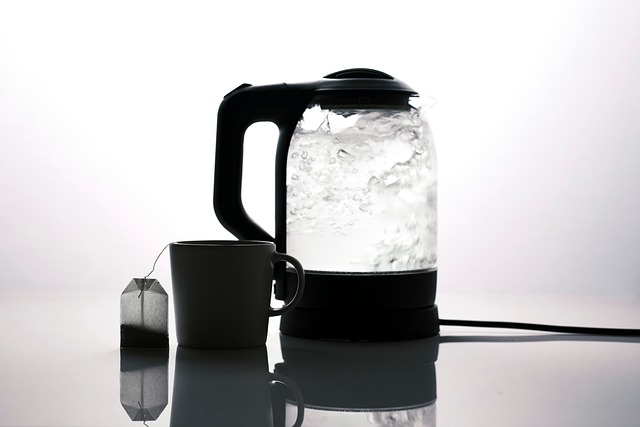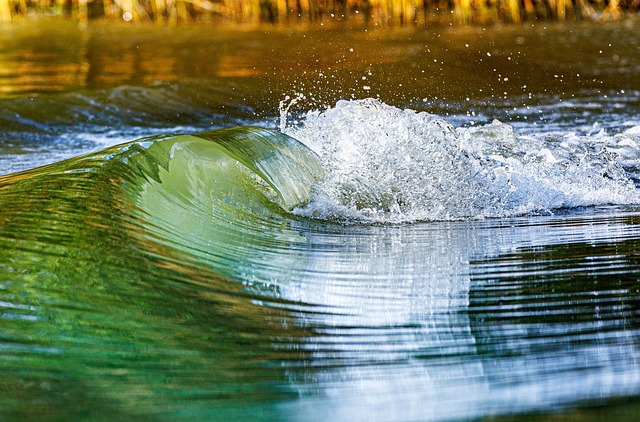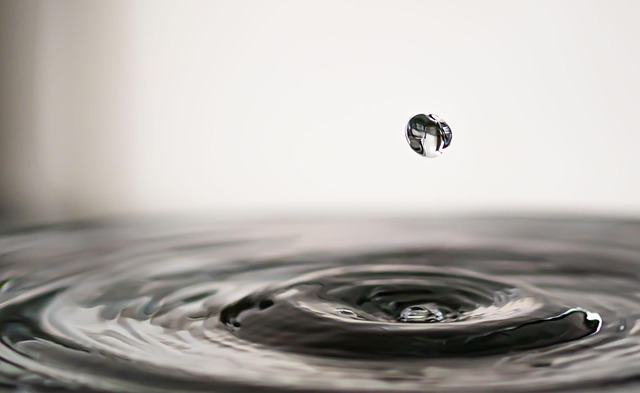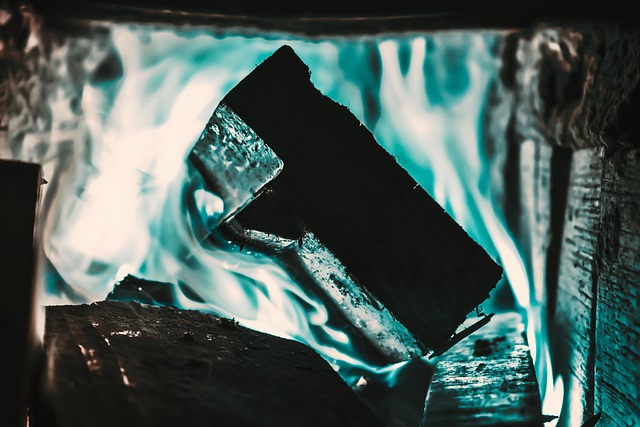Regular water heater maintenance is key to preventing costly repairs and extending appliance life. This includes annual flushing, cleaning mineral deposits, checking/replacing temperature and pressure relief valves, and visual inspections. These simple tasks ensure optimal performance, reduce breakdown risks, and save from unexpected expenses.
Avoid costly water heater failures with regular maintenance—it’s the #1 task to ensure longevity and optimal performance. This comprehensive guide delves into understanding common water heater issues, from sediment buildup to malfunctioning parts. Learn a step-by-step routine for flushing and cleaning your unit, plus preventative care tips to maximize its lifespan. Implement these simple practices and say goodbye to unexpected breaks and hello to reliable hot water.
- Understanding Water Heater Failure: Common Issues and Risks
- The Essential Maintenance Routine: A Step-by-Step Guide
- Preventive Care Tips: Maximizing Your Water Heater's Lifespan
Understanding Water Heater Failure: Common Issues and Risks

Water heater failure can be a frustrating and costly surprise. Understanding common issues is key to preventing sudden breakdowns. One of the primary risks is sediment buildup, which occurs when minerals and metal particles accumulate at the bottom of your water heater tank. Over time, this buildup can restrict water flow, reduce heating efficiency, and even cause the heater to short-circuit due to lack of proper flushing.
Other frequent problems include corroded or faulty wiring connections, worn-out gaskets and seals leading to leaks, and malfunctioning thermostats resulting in inefficient temperature regulation. Regular water heater maintenance, especially annual flushing and inspection, can help mitigate these risks. This simple yet vital task ensures your heater operates at peak performance, minimizing the chances of unexpected failure and prolonging its lifespan.
The Essential Maintenance Routine: A Step-by-Step Guide

Regular water heater maintenance is a crucial task for every homeowner, as it can prevent costly repairs and extend the life of your heating system. The number one maintenance routine to prioritize is flushing and cleaning your water heater tank. Here’s a step-by-step guide to ensure you stay on top of this essential task:
1. Shut off the cold water supply: Before starting any maintenance, it’s vital to turn off the cold water intake valve connected to your water heater. This prevents any potential accidents or water damage during the process.
2. Drain the tank: Attach a drain hose to the heating tank’s drain valve and direct it to a safe outdoor location. Open the valve slowly to allow the hot water to flow out, then close it once most of the water has drained. Repeat this process until the tank is empty.
3. Clean the tank: With the tank empty, you can now scrub away any mineral deposits or sediment buildup inside. Use a specialized cleaning solution or white vinegar, and a brush designed for water heater tanks. Scrub gently to avoid damaging the tank’s internal components.
4. Rinse and refill: After cleaning, rinse the tank thoroughly with cold water. Then, reopen the cold water supply valve and let fresh water fill the tank up to its full capacity.
Preventive Care Tips: Maximizing Your Water Heater's Lifespan

Regular water heater maintenance is key to maximizing its lifespan and ensuring optimal performance. One of the most important preventive care tips involves flushing the heater periodically. This process removes mineral buildup, which can lead to corrosion and reduce heating efficiency. By eliminating these sediments, you prevent potential damage to internal components, thereby reducing the risk of failure.
Additionally, checking and replacing the temperature and pressure relief valve (TPR) is crucial. The TPR valve protects your water heater from excessive pressure and temperature, preventing potential explosions or leaks. A simple visual inspection can help identify any signs of damage or corrosion, while regular replacement ensures the valve functions correctly during critical situations.
Regular water heater maintenance is the key to preventing costly failures and ensuring efficient heating for years to come. By following the step-by-step guide provided, you can easily incorporate this vital task into your home care routine. With a bit of time and effort, you’ll extend the lifespan of your water heater and avoid the hassle—and expense—of unexpected breakdowns. Embrace preventive care, and your hot water supply will be secure!
